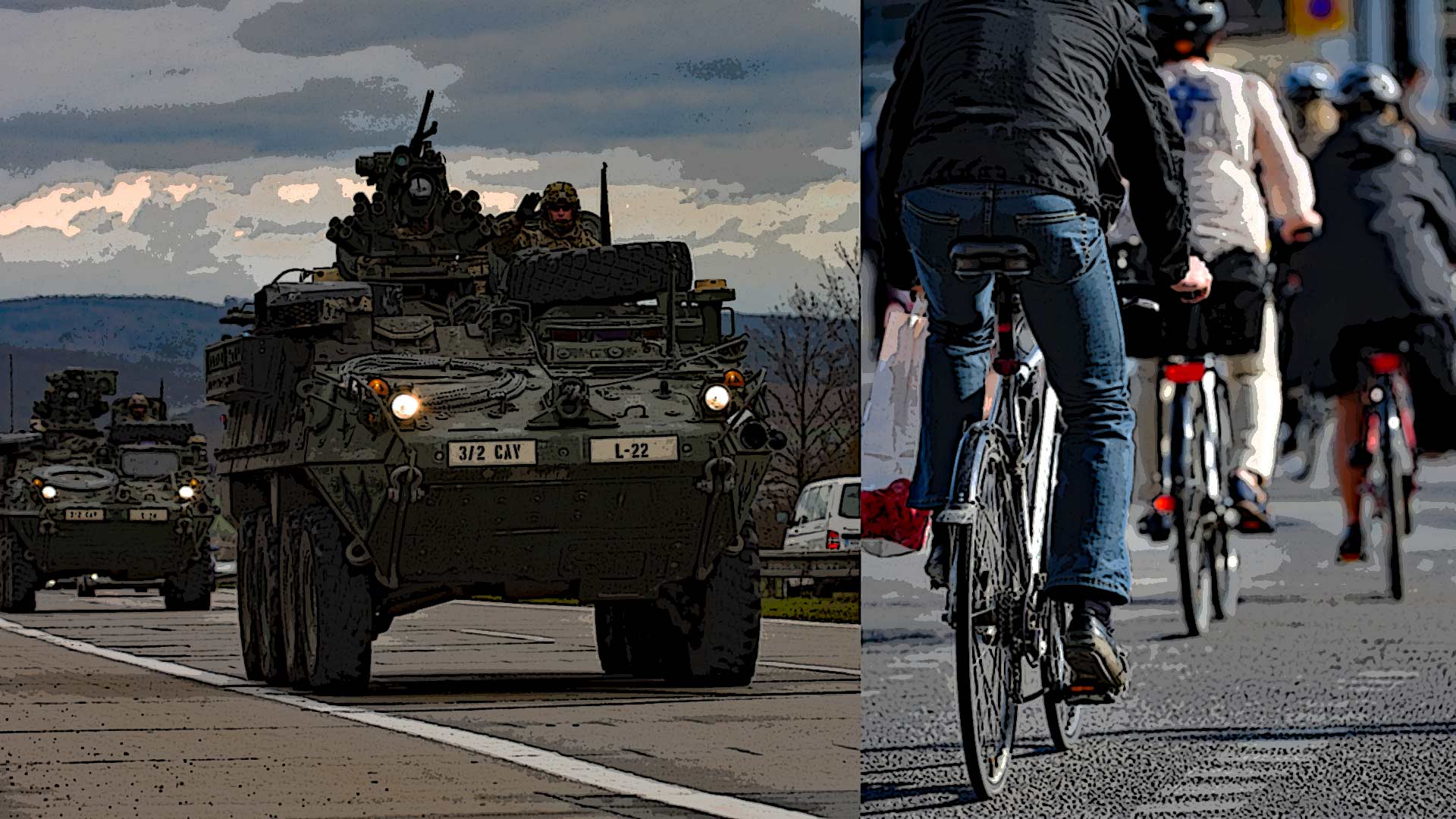
A review of the Highway Trust Fund (HTF), its revenue sources, and its investment trends reveal an imbalance which is eroding the funds’ intended ability to support its original intent and purpose.
Sponsors of the original federal highway legislation identified a more strategic and important purpose for our nation’s highways. They called it The National Interstate and Defense Highways Act of 1956. From the perspective of national defense, Eisenhower considered it important to “protect the vital interest of every citizen in a safe and adequate highway system.”
Bicycles and mass transit were not then, and should not be now, incorporated into what is arguably defense-oriented legislation and infrastructure.
Somehow, today’s efforts to make highways safe have resulted in urban planners adjusting their aims away from defense. Today’s planners have turned against highways. They have aimed their sights on the highway system itself.
Our nation’s highways are the supply lifelines of our national defense needs. Maintenance and serviceability of these public facilities are essential to timely defense readiness and response. The highway network may not just be used by our military, but for the industries requiring materials and supplies to produce and resupply our armed forces.
Bicycles and mass transit were not then, and should not be now, incorporated into what is arguably defense-oriented legislation and infrastructure.
The HTF maintains two accounts – one for road construction and related surface transportation projects, the other is for mass transit.
Some transit advocates argue that transit facilities reduce congestion by taking motorized vehicles off the highway. Thus, transit investments, they feel, offer value to the highway system. But is this really true?
According to data published by the U.S. Department of Transportation (DOT), in recent years, the highway account has required significant transfers of general fund revenue to remain solvent. The first such transfer occurred in 2008. Through 2023, transfers for solvency “needs” to the highway account total roughly $158 billion. However, while the U.S. Department of Transportation now advocates for an increase in the federal motor fuel tax, they seem to be ignoring other facts and issues.
The HTF relies primarily on revenue from the federal motor fuel tax (18.4 cents per gallon on gasoline and 24.4 cents per gallon on diesel fuel). Other taxes include excise taxes on truck users. Revenue from motor fuel tax is falling. This is happening as funds from the motor fuel tax are being siphoned off from the highway account to the transit account.
Since 1990, the balance of the transit account has grown from $7.2 billion to $31.9 billion. Through 2023, HTF revenues deposited to the transit account since 1990 total $214 billion. In comparison to deposits the DOT claims have been necessary for highway fund solvency, the difference of about $56 billion suggests, had the highway account not been forced to fund mass transit also, the highway account may have remained independently solvent after all. Between 2016 and 2020 annual expenditures of the transit fund average about $3.1 billion per year.
Some transit advocates argue that transit facilities reduce congestion by taking motorized vehicles off the highway. Thus, transit investments, they feel, offer value to the highway system. But is this really true?
…congestion-targeted transit solutions are really nothing more than congestion creating investments repackaged, rebranded, and sold as traffic calming at the local level.
In August 2023, the Anchorage Assembly passed AO 2023-65(S-1). As identified in the press release, revised ordinances encourage jaywalking, place a priority on cyclists mixing with motorized traffic, permit bicyclists to yield at stop signs, and eliminate requirements for high-visibility reflectors and other bicycle safety equipment.
Snowmobiles, side-by-side utility vehicles, four wheelers, and other ATV equipment could also reduce highway congestion much in the same way assembly members believe bicycles and transit will, but these modes of transportation remain unlawful. Why?
Considering the unresolved discrepancies between various modes and narratives, we can see that congestion-targeted transit solutions are really nothing more than congestion creating investments repackaged, rebranded, and sold as traffic calming at the local level.
According to Statista, the value of the U.S. bicycle market is projected to grow from $8.68 billion in 2024 to $10.32 billion in 2029. 2024 bicycle sales are projected to total 20 million units. Armed with this information, how might we seek to better realign revenue with needs versus wants? One option is to treat bicycles and e-bikes just like other recreational vehicles. With such strong demand and apparently indisputable need for transit-linked transportation modes, these significant investments aren’t about to disappear any time soon.
What kinds of new taxes and fees could generate the annual $3.1 billion investment in transit facilities? We could look to the kinds assessed against recreational vehicles. These include excise taxes, registration fees, and user fees inversely indexed to motor fuel consumption.
ALASKA WATCHMAN DIRECT TO YOUR INBOX
Not everyone rides their bicycles on the road. Thus, excise taxes could be the bulk of new revenues. With some minimal effort to create a fee schedule, an average of $75 per bicycle could bring in a baseline annual revenue of $1.5 billion. In 2022, Bicycling.com estimated 0.6% of U.S. commutes are by bicycle. For roadway cyclists, average annual registration fees of $50 might bring in another $1 billion. The remaining $600 million in revenue needs can be collected through access fees of $30 to $35 per person.
As more and more environmentally conscious commuters turn to alternative and transit linked modes of transportation, less fuel will be used for highway construction and maintenance. If the number of commutes grows from 0.6% to 10%, commuters using these modes will need to contribute representatively more of the highway network construction and maintenance costs. We must also consider the impacts of inflation.
The U.S. Department of Transportation National Highway Construction Cost Index (NHCCI) reveals highway construction costs have gone up 50% in two years. Assuming these trends continue, future transit related access fees will rise sharply.
If bicycle commutes grow from 0.6% to 10% over a 5-year period, we might expect a drop in fuel tax revenue of about $85 billion over the same period. Factoring in 25% inflation per year could mean access fees per cyclist might rise to as much as $650 per year by 2029.
Of course, there may be alternatives to this ESG action plan. We may want to consider them.
The views expressed here are those of the author.
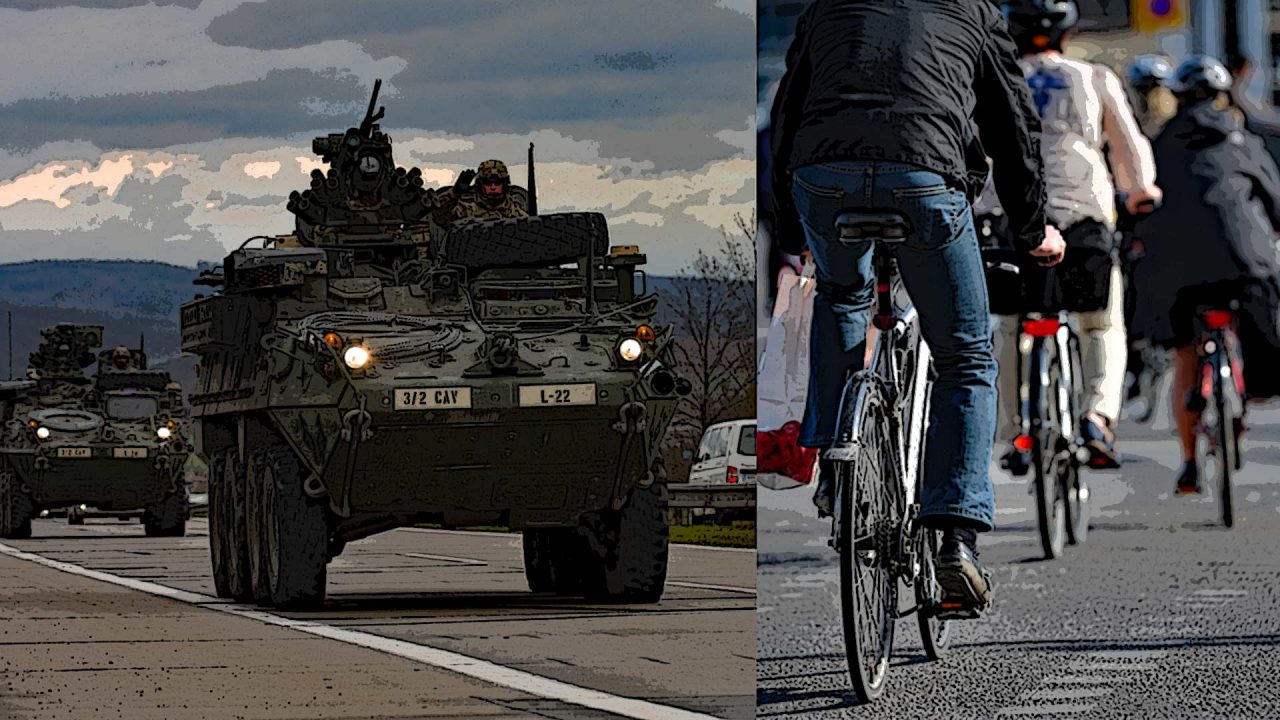
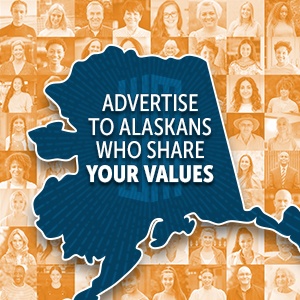
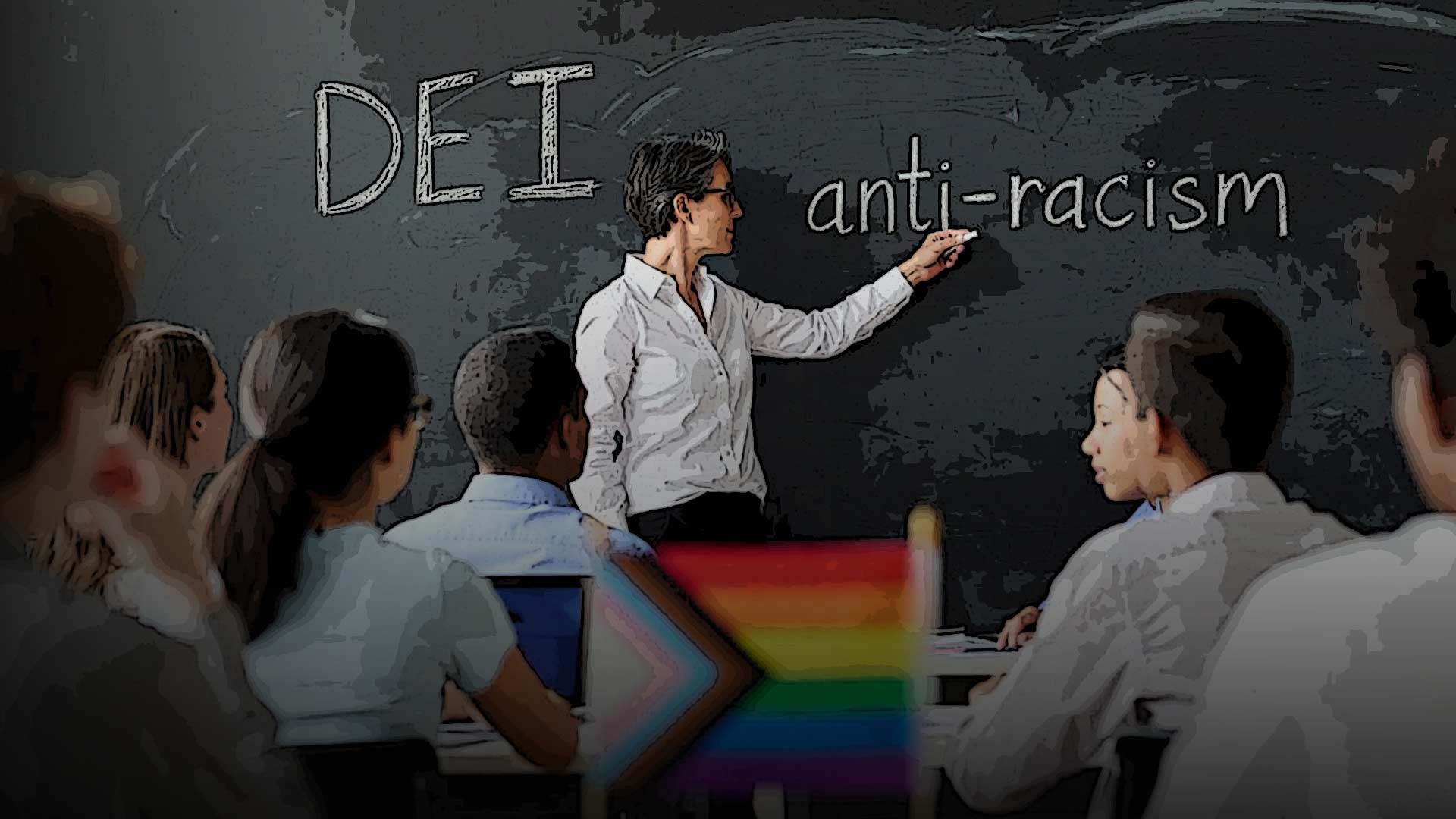
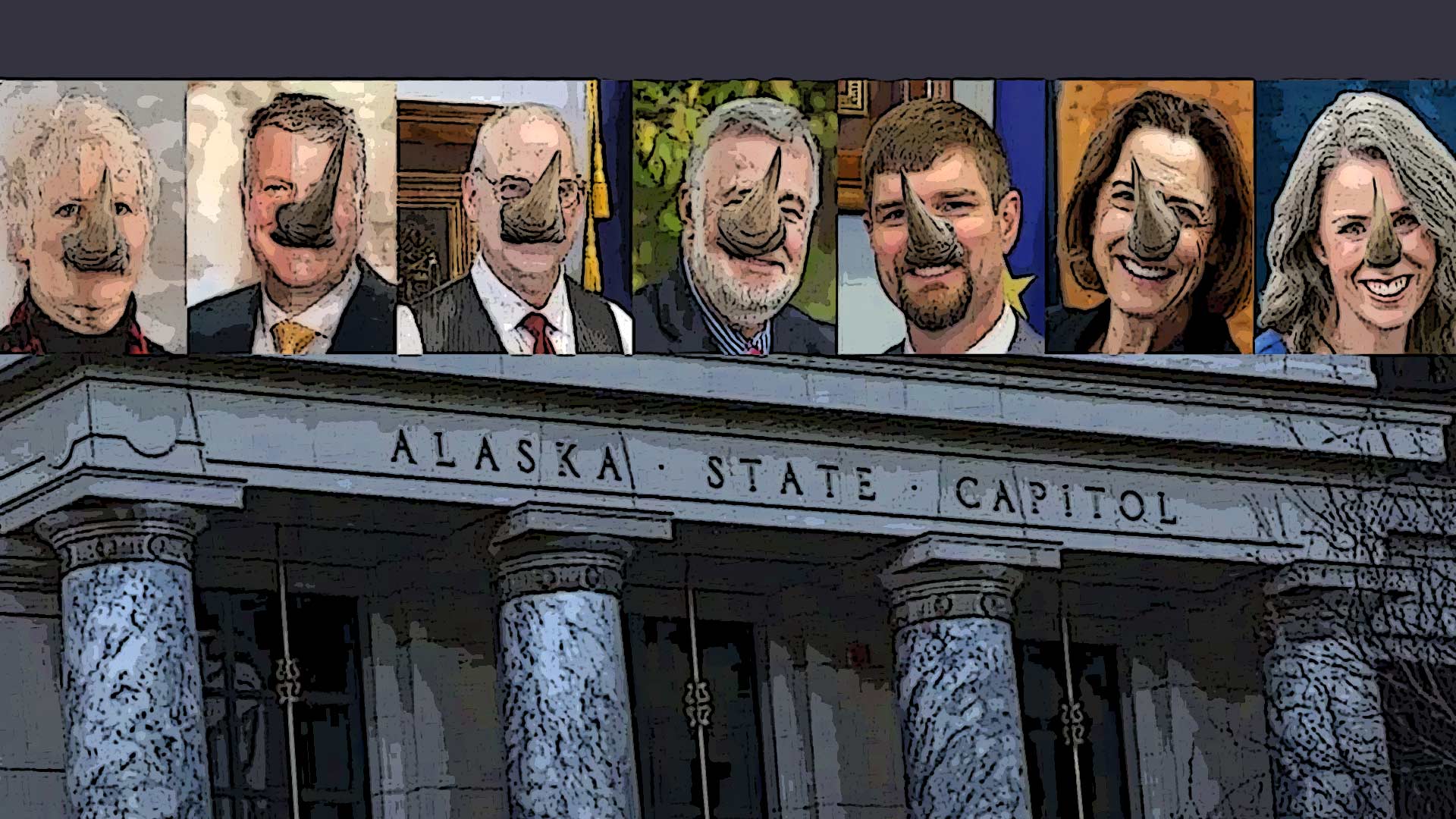




7 Comments
I’m a 4-season Anchorage bike commuter, staunch conservative, 24-year military veteran and very traditional Christian, and I am honestly puzzled when I see utility cycling vs. motor vehicles as a progressive vs. conservative proxy fight. There’s nothing left-leaning about being self-reliant, fit, strong or frugal, and there’s nothing conservative about being fat or driving a truck designed, built and marketed by a huge ultra-woke globalist corporation. They are both just ways to get around with plusses and minuses.
Federal gas taxes and users’ fees generally hover at about two thirds of federal road spending, with remaining third coming from general revenues. On the State side, Alaska gas taxes and users’ fees cover under 20% of state road spending. The upshot is that Alaska road spending is hugely subsidized. Drivers are not paying for their roads.
I believe that our roadways/highways are slowing being turned into those “parks” that Klaus Schwab said we will have when everyone owns nothing and is happy.
All these e-bike riders are just lazy riders. If you’re on the road and on a bike, you need to act like a car and go by the rules, just like any other car.
It’s all about Control, keeping the masses in one place.
In all these big city’s on mass transit systems.
I’m an avid mountain bike rider, I ride single track trails in the mountains, I stay far away from all these crazies. Ps get the blank off the road or get run over end of story.
I’m not a huge fan or e-bikes, but I’d rather have them on the road than on the trails.
A lot of “bike advocates” make biking in the road sound dangerous because what they’re really selling isn’t biking, but bike infrastructure. The actual numbers though aren’t that bad. In America today about 1 cyclist is killed on the road for every 100 million miles of biking. Of those, half are kids, and there are big clusters around things we already know aren’t smart: biking at night without lights, biking against traffic, biking drunk or high, biking on sidewalks. So if you’re a competent cyclist it’s pretty darned safe to ride on the roads.
All these e-bike riders are just lazy riders. If you’re on the road and on a bike, you need to act like a car and go by the rules, just like any other car. It’s all about Control, keeping the masses in one place. In all these big city’s on mass transit systems. I’m an avid mountain bike rider, I ride single track trails in the mountains, I stay far away from all these crazies.
Eat a bug
If we’re worrying about military readiness, a recent pentagon study said that 77% of young Americans would not qualify for military service without a waiver due to being overweight, using drugs or having mental and physical health problems. Over a third of Army applicants are too fat to meet standards, and one in five of our kids are clinically obese. Although I can’t find any military concerns about the scourge of bike lanes, In a July 2022 CDC handout, “Unfit to Serve: Obesity and Physical Activity are Impacting National Security,” retired Army Lt. Gen. Mark Hertling, wrote: “The military has experienced increasing difficulty in recruiting soldiers as a result of physical inactivity, obesity, and malnutrition among our nation’s youth. Not addressing these issues now will impact our future national security.”
Sounds as though a red-blooded American patriot would be doing all he could to get our kids fat butts out of cars and on to bikes.
Matt Mills, 4-season Anchorage bike commuter, staunch conservative, 24-year Air Force veteran with over 2,100 hours of fighter time, and traditional Christian.